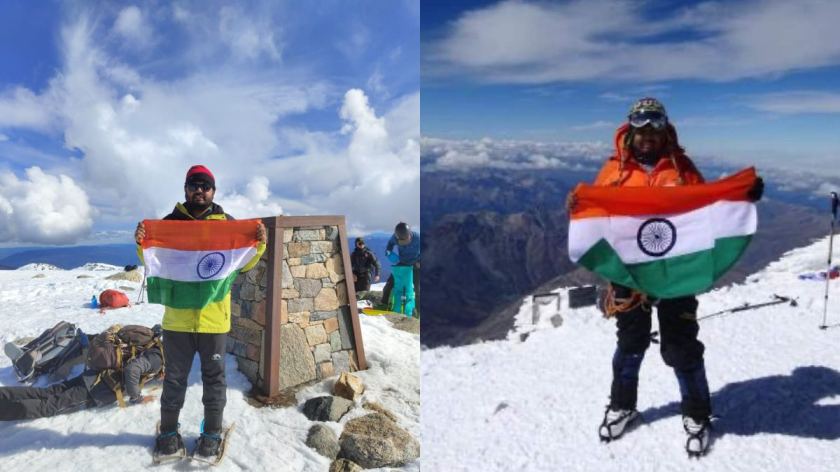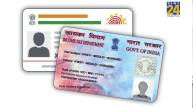Rahul Gupta, 29, is the first person from Chhattisgarh state to successfully climb the highest peak in the world, Mt Everest, on his third attempt in 2018. Rahul was 23 then, making him one of the youngest mountaineers to conquer 8 national and 7 international mountains worldwide. Recently, Rahul achieved another notable milestone by scaling Mount Kosciuszko, Australia’s tallest mountain.
Rahul Gupta received a flag-off from Ram Nath Kovind, the then-President of India, at the Rashtrapati Bhavan in April 2018, marking the beginning of his Mount Everest expedition. The Government of Nepal designated Rahul as the Expedition Leader, guiding a team of mountaineers from various countries.
Rahul’s achievement of singing the National Anthem at Mount Kilimanjaro, Africa’s highest peak, has been recognized in the prestigious Limca Book of National Records. He has been honoured with the Delhi Gaurav Award (2015) and the National Gaurav Award (2016).
In this exclusive interview with News24 Digital, Rahul discusses his journey as a mountaineer.
Mt Everest Conqueror Rahul Gupta’s Journey – Excerpts
1- What first sparked your interest in mountaineering, and how did Mt. Everest become a significant goal for you?
Answer – My passion for mountaineering was ignited in 2012 during my days at Kirori Mal College, Delhi University. Initially, I was denied entry into St. Stephen’s College Adventure Club, which fuelled my resolve to establish a similar club at Kirori Mal. This rejection motivated me, and my successes in scaling smaller peaks eventually propelled me towards the ultimate goal: Mount Everest. As the highest peak in the world, Everest represents the greatest challenge for climbers, and it was no exception for me.
देशभर में विष्णु के सुशासन का डंका बज रहा है। इसी बीच छत्तीसगढ़ के माउंटेनमैन श्री राहुल गुप्ता ने ऑस्ट्रेलिया की सबसे ऊंची चोटी #माउंट_कोजियास्को में विष्णु के सुशासन की पताका लहराकर अपनी उपलब्धि प्रदेश के यशस्वी मुख्यमंत्री श्री विष्णुदेव साय के नाम की है।
— CMO Chhattisgarh (@ChhattisgarhCMO) September 1, 2024
उल्लेखनीय है कि… pic.twitter.com/Ff319MCiRS
2- How did you approach the physical and mental preparation needed for a challenge as daunting as Mt. Everest?
Answer – The journey to Everest began with meticulous preparation. I sought guidance from renowned experts across the country and received invaluable support from both the Central and Chhattisgarh governments. My preparation involved rigorous physical conditioning, simulated hiking, and endurance training. I believe mental toughness is perhaps even more important when preparing for Everest. I practised meditation and yoga to maintain my mental well-being, constantly reminding myself that Everest demands not just physical strength but also mental fortitude and unwavering patience.
3- Can you share the most difficult experience you’ve faced during your mountaineering career? What made it so challenging?
Answer – My most challenging experience to date came during the summit of Mt. Everest. Leading the team, I encountered heightened difficulty in decision-making due to sudden deteriorating weather conditions on the peak. Strong winds and heavy snowfall almost stranded our team. Amidst turmoil, leadership demanded unwavering calm, decisive action and unshakeable team spirit. In that instant, the fragile boundary between life and death starkly revealed itself.
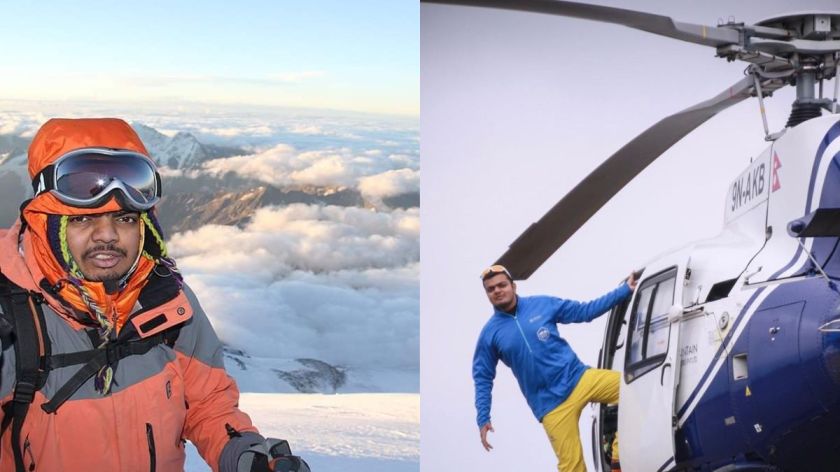
4- How does the altitude and terrain of Mt. Everest compare to other peaks you’ve climbed? In what ways do these differences affect your climbing experience?
Answer – I recently summited Mount Kosciuszko, the highest point in Australia. Although it was the lowest peak in the Seven Summits expedition, it presented significant challenges due to its geographical conditions. From personal experience, while I have summited numerous peaks, Everest stands apart because of its unparalleled height and formidable terrain. Situated above 8,000 meters, its peak lies in the ‘Death Zone,’ where oxygen levels are dangerously low. The combination of altitude, treacherous terrain, crevasses, and extreme cold significantly increases both mental and physical strain.
5- Take us through your journey from Sarguja, a small town in Chhattisgarh, to reaching the highest peak in the world. What were some key milestones along the way?
Answer – Reflecting on my journey from Ambikapur, Surguja, it has been a testament to perseverance. During my college years, my peers jokingly referred to me as ‘Urban Naxal‘ because of my origins in Chhattisgarh. The rejection from St. Stephen’s College added to my determination to succeed and make my state proud.
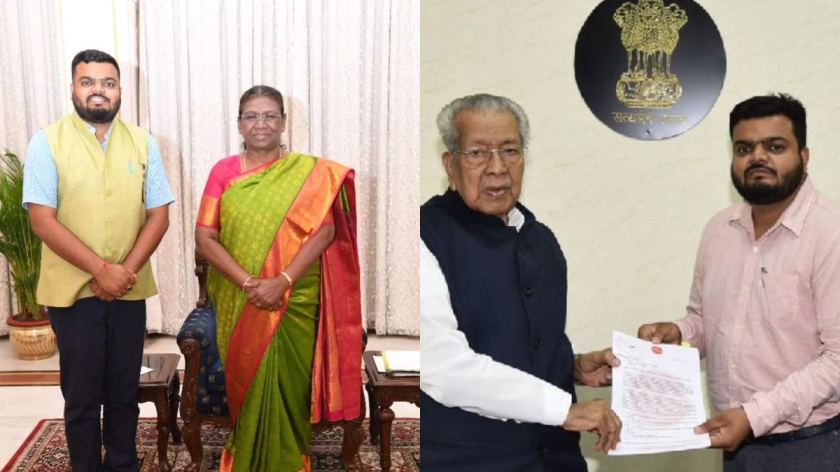
My introduction to mountaineering began with local trekking expeditions in Mainpat (known as the Shimla of Chhattisgarh), a passion nurtured since childhood. My professional mountaineering journey took shape during college, starting with local experiences and expanding to national-level expeditions in the Himalayas before taking on global challenges. Conquering Everest remains the pinnacle of my accomplishments to date.
6- Have you encountered any life-threatening situations, such as witnessing fatalities, during your climb on Mt. Everest? How do climbers typically cope with such events?
Answer – Throughout my mountaineering career, I have survived 22 life-threatening incidents, including encounters with fatalities during my Everest expeditions. In such situations, repatriating the deceased involves collaboration with government agencies, rescue organizations, and expedition operators. However, at altitudes above 8,000 meters, recovery of bodies is often impossible. In such conditions, we have to leave the body of the deceased on the mountain. These incidents evoke profound sorrow and psychological distress, but they also emphasize the importance of knowing when to retreat safely and providing critical support during crises.
7- Which specific experience has had the greatest impact on shaping your life as a mountaineer, and why?
Answer – Climbing Mount Everest has profoundly impacted my life, highlighting the value of perseverance and self-discovery. Reaching the summit was an unparalleled triumph that overshadowed the immense challenges of altitude, risk, and exhaustion. However, the aftermath of two failed attempts led to a period of professional uncertainty and depression. A pivotal moment came in Rishikesh when I received an unexpected call from Sachin Tendulkar’s physiotherapist, who had noticed me running at a stadium in Delhi and offered professional assistance.
Another turning point was meeting Ram Nath Kovind, the then-President of India, who flagged me off for my Everest summit. This encounter transformed my situation, shifting from a scarcity of sponsors to an abundance of support. The Indian Tricolour I hoisted on Mt. Everest is now preserved at Rashtrapati Bhavan.
Mountaineer Rahul Gupta presented Indian Tricolour to #PresidentKovind after a successful Mount Everest expedition, which was flagged off by the President on April 4, 2018 pic.twitter.com/SjGESvjIiO
— President of India (@rashtrapatibhvn) July 17, 2018
8- How did your life and perspective change after summiting Mt. Everest? Were there any unexpected transformations?
Answer – Conquering Mount Everest changed my life in profound ways, extending far beyond the summit. Financially, I gained peace of mind, transitioning from struggling to pay Rs 10,000 rent in Raipur to enjoying business-class travel. Indeed, the journey transformed my life trajectory in ways I had never anticipated.
9- What challenges have you faced in securing sponsorships for your mountaineering expeditions, and how did you overcome them?
Answer – Securing sponsorship was one of the greatest challenges due to the high risk and costs associated with mountaineering. By framing my story as inspirational, I attracted local sponsors and media attention. Personal connections and strategic networking played crucial roles. Over time, my sponsorship journey evolved from struggling to secure support to easily attracting substantial partnerships, including from several prominent brands.
10- How many different routes are there to climb Mt. Everest? Which route did you choose, and what factors influenced your decision?
Answer – There are two primary climbing faces on Mount Everest: the South Col via Nepal and the North Col via Tibet. After two failed attempts via the North Col (in 2015 and 2016), I chose the Nepal route for my third attempt due to considerations such as safety, resource availability, and team expertise.
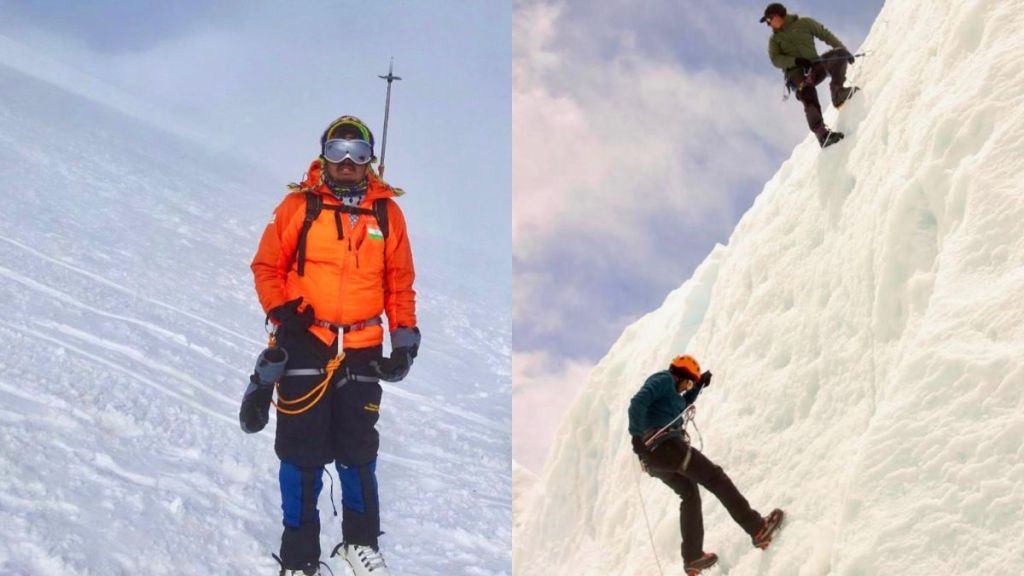
11- As a mountaineer, how do you perceive the effects of climate change and glacial melting on the mountains you climb?
Answer – With a background in geography and a passion for exploration, I have developed a deep understanding of the alarming impacts of climate change, particularly glacier melting, on mountain ecosystems. Changes such as reduced snow cover and increased climbing risks have become evident, even on iconic peaks like Everest.
12- What advice or message would you like to share with those who aspire to follow in your footsteps as mountaineers?
Answer – To aspiring mountaineers, I offer this advice: cultivate patience, self-belief, and mental resilience. Safety and training must always come first. While mountaineering requires a blend of physical strength and mental courage, if you are willing to push beyond your limits, no summit will be out of reach.
Also Read: Will Centre Restore J&K’s Statehood After Omar Abdullah Steps Forward To Fullfill Key Poll Promise?

